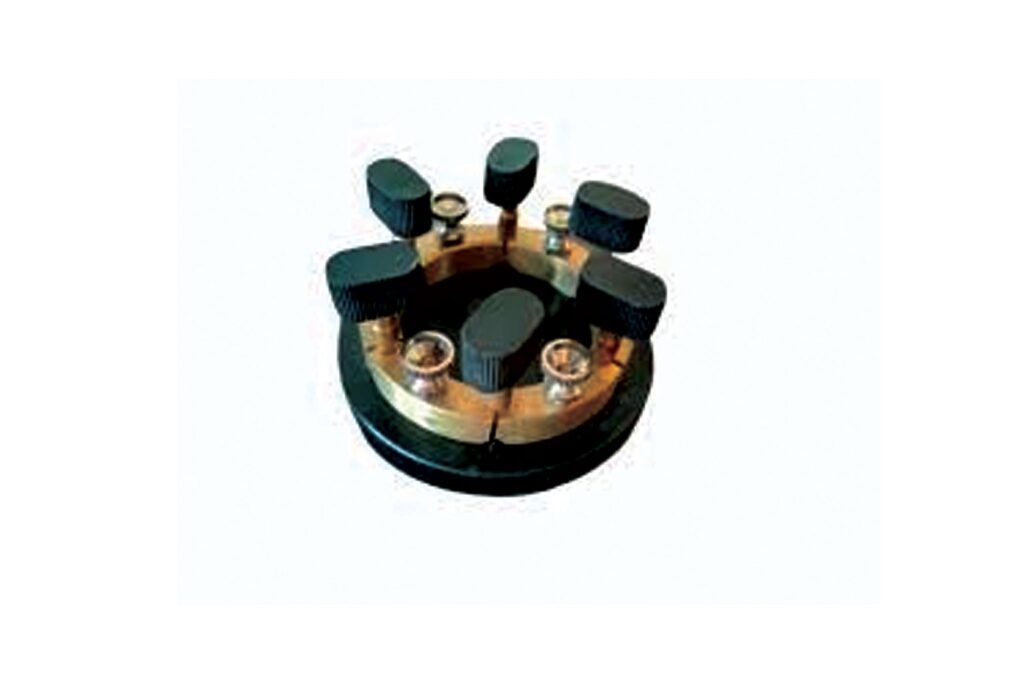Interpreting Plug Key Diagrams Made Easy
Knowledge of plug key diagram is mandatory for students and professionals who want to deal with fundamental and advanced electrical circuits. A plug key is a device for opening or closing a circuit. It’s found in many circuit demonstrations of Ohm’s Law usage, and reading its wiring diagram can provide us with much information.

In a conventional plug key diagram the plug key is shown as a break in the circuit with a plug which is inserted or withdrawn to give open or closed circuit connection. With the plug in place, the circuit is complete and the current will pass through it. Once taken out, the circuit is open and the flow of current ceases. This simple measure also serves to hold the current during measurements of voltage and resistance.
A widely used arrangement using a plug key is when performing experiments with a metre bridge, which is a device used to find the unknown resistance values. In these experiments, the plug key may be used to regulate the time at which the current begins or ceases as required for accurate measurements. Combined with a rheostat (variable resistor), it can be used to illustrate the effect of resistance on current, a clear illustration of principles of the Ohm’s Law applications.
The regulated power supply is also commonly used with plug keys. This provides a steady supply of voltage to the circuit, which is an important consideration when teaching electric laws or calibrating apparatus. A good voltage source maintains the voltage readings of the metre bridge, voltmeter or ammeter circuit (whatever be the case) even when the load in the circuit changes.
To easily understand a diagram of a plug key, we must first know exactly what is found in it: the plug key, rheostat, regulated supply, resistors and measuring devices. Know how current flows from power source through control elements to load or to measuring device. Go through the diagram step-by-step, so as to work out how the current would flow with or without the plug key.
ConclusionIf you’re using Ohm’s Law, a metre bridge, or a regulated power supply to de a practical it really helps to be able to interpret plug key diagrams, it saves you spending ages trying to ascertain what is actually in the circuit and makes the results of the experiment far more accurate. For high-quality electrical laboratory equipment such as plug keys, rheostats, and other accessories, select MVTEX—a trusted name in precision laboratory equipment. By purchasing MVTEX, you will get equipment that is specifically designed for performance, longevity and educational excellence.

No responses yet